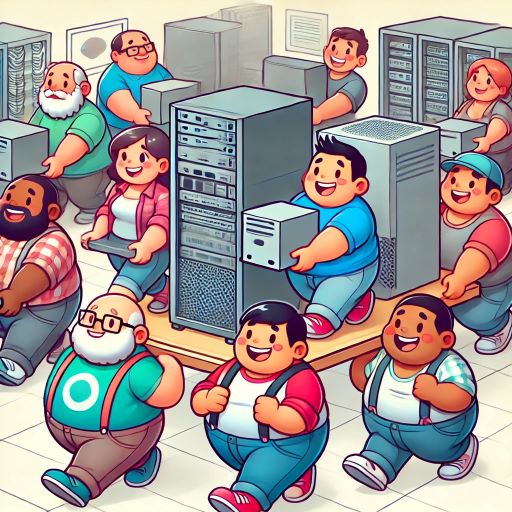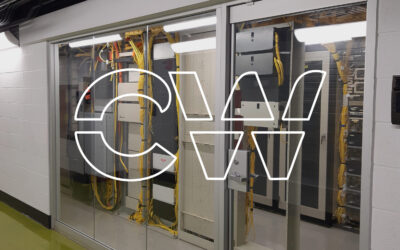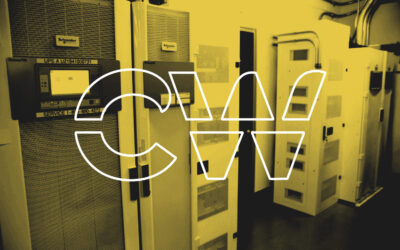When is the perfect time to migrate your IT equipment move? Really never!
The time to migrate is not for the weak and it’s a monumental task that not everyone can appreciate, especially those seated a few positions up the tree. What could possibly go wrong. Powerless supplies, motherboards with other ideas, transit provider scheduling and coordination, slipped disks, lost connectivity, asymmetric routes, cabling headaches, electrical requirements, SFPs that turn into Simply Failed Parts, and the list goes on.
Not until one goes through an exercise like this, can the level of detail and preparation necessary be appreciated in order to achieve a close to seamless assignment that ends happily.
The best migration is one that has Options
Options, however, usually lean heavily on budget, and budget relies on justification which exposes risk (in terms of dollars), that is intended to exceed the budget requirement. It’s another skill in the CTO/CIO tool bag, the ability to pitch an idea convincing decision makers your strategy is accurate, you’re doing the right thing, you’ve chosen a very compelling option, they’re screwed if you don’t, and your plan will work.

So you’ve made your decision and it’s time to migrate
Now imagine you’re a Tier 3 service provider with 50 to 100 or more cross connects, and you are in a position where you can save hundreds of thousands of dollars by moving, the only choice might be a gradual transition. You’d install a tie cable as an extension of your network in the new colocation facility, if you have the luxury of being in the same building. Slowly migrate, coordinating with each upstream transit provider until each has been cutover. Along the way, some other transport equipment has to make its way online in the new space to support the increased transit load, not to mention the fancy footwork involved to transition traffic with minimal interruption during each move.
Ideal scenario right? Entirely possible. But you have to be crazy good. Or just crazy. Another option is to leverage the product lifecycle refresh timelines, which every accountant understands (they call it depreciation, tech-world calls it EOL). This isn’t perfect in its own right unless every piece of equipment in a POP was purchased at the same time. In most cases, organizations will forgo the remaining one or two years and use this period as an overlap for either backup, replication, failback, development and testing, or just some non-cerebral excuse.
Either way, it’s inevitable, people and businesses move at one time or another whether it be for physical, ideological, or economical reasons. Something better always comes along in a technology market where new ideas, better products, efficient solutions, and innovative people keep the sector vibrant and free from attracting mosquitoes.



